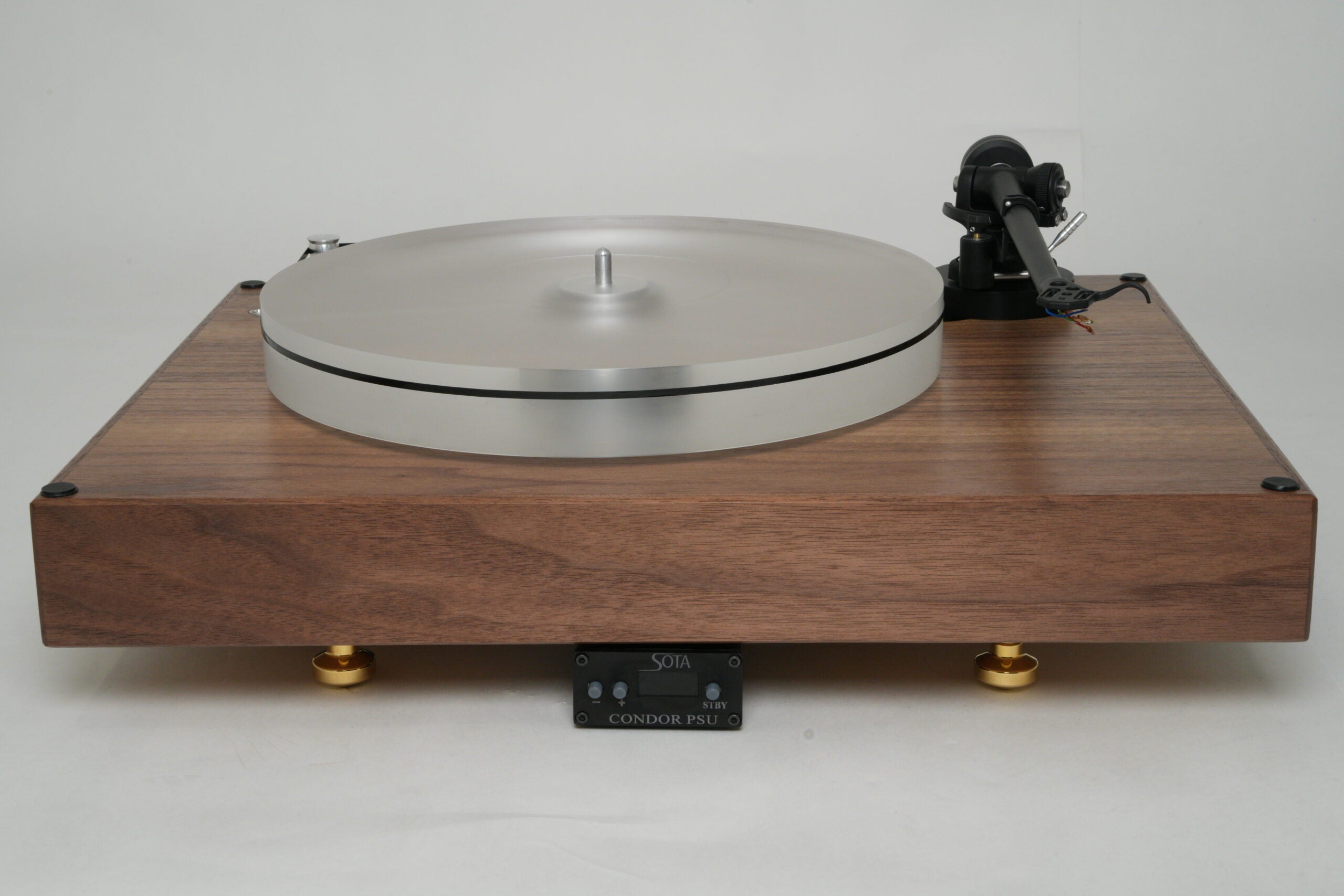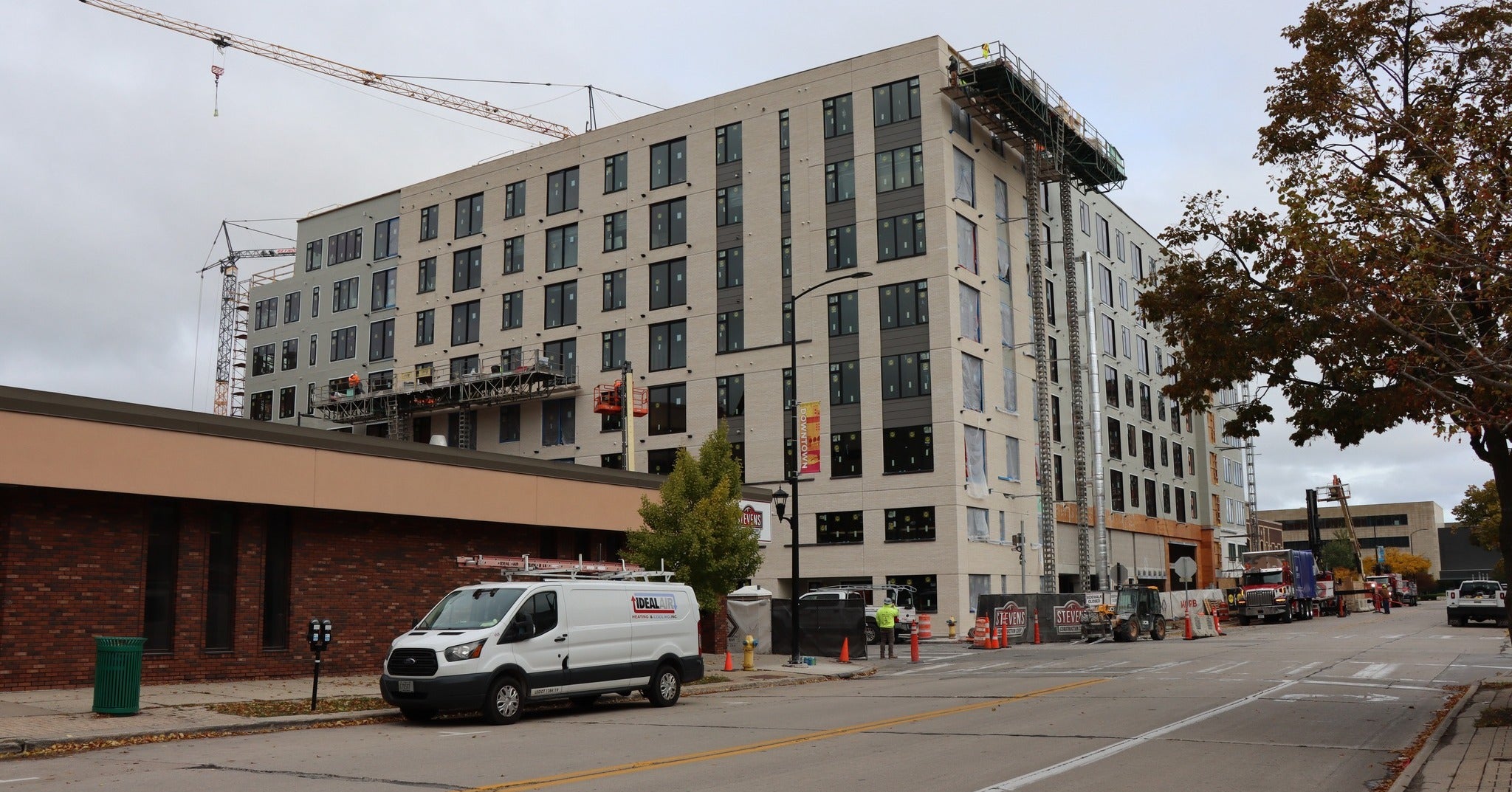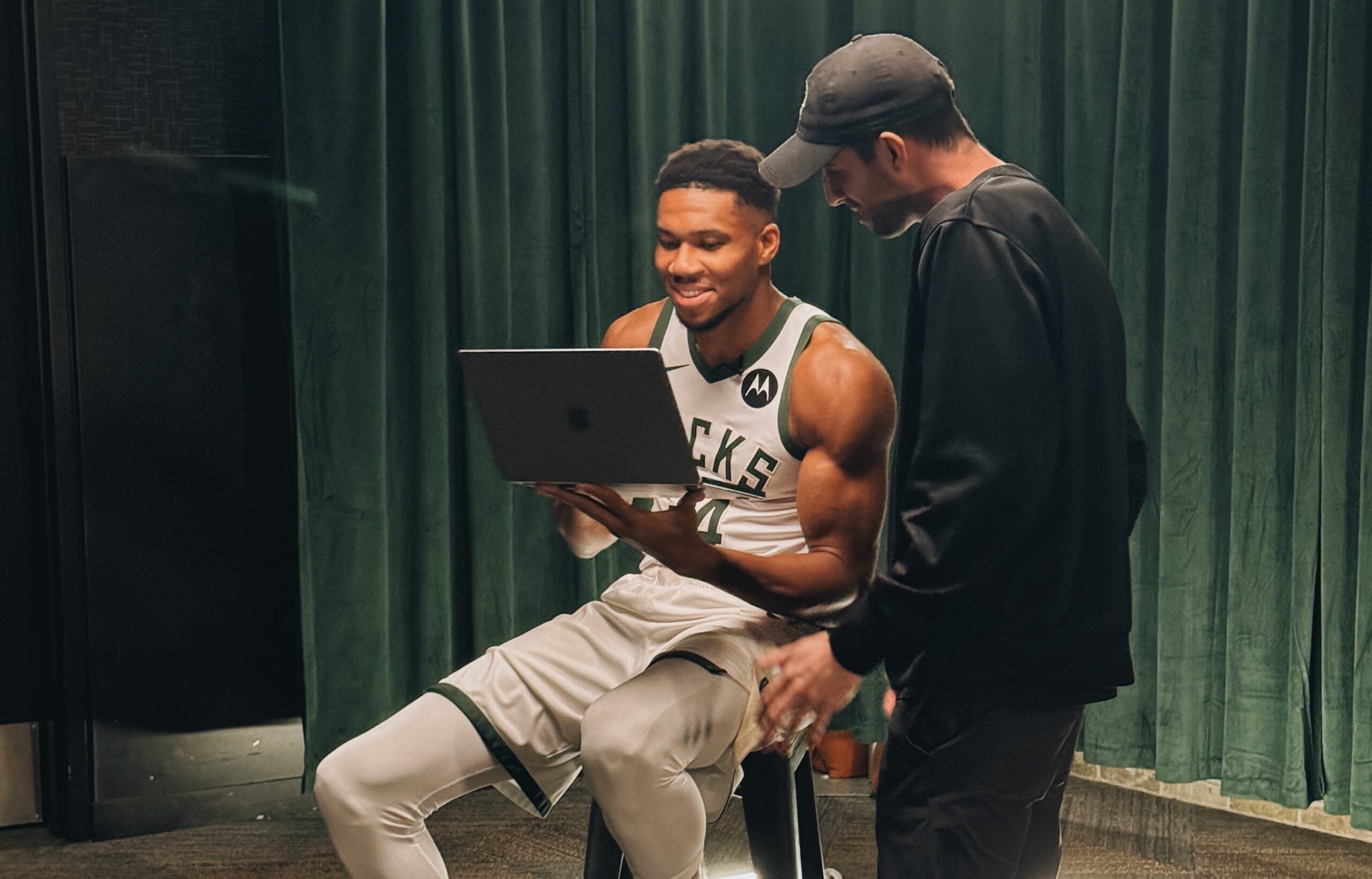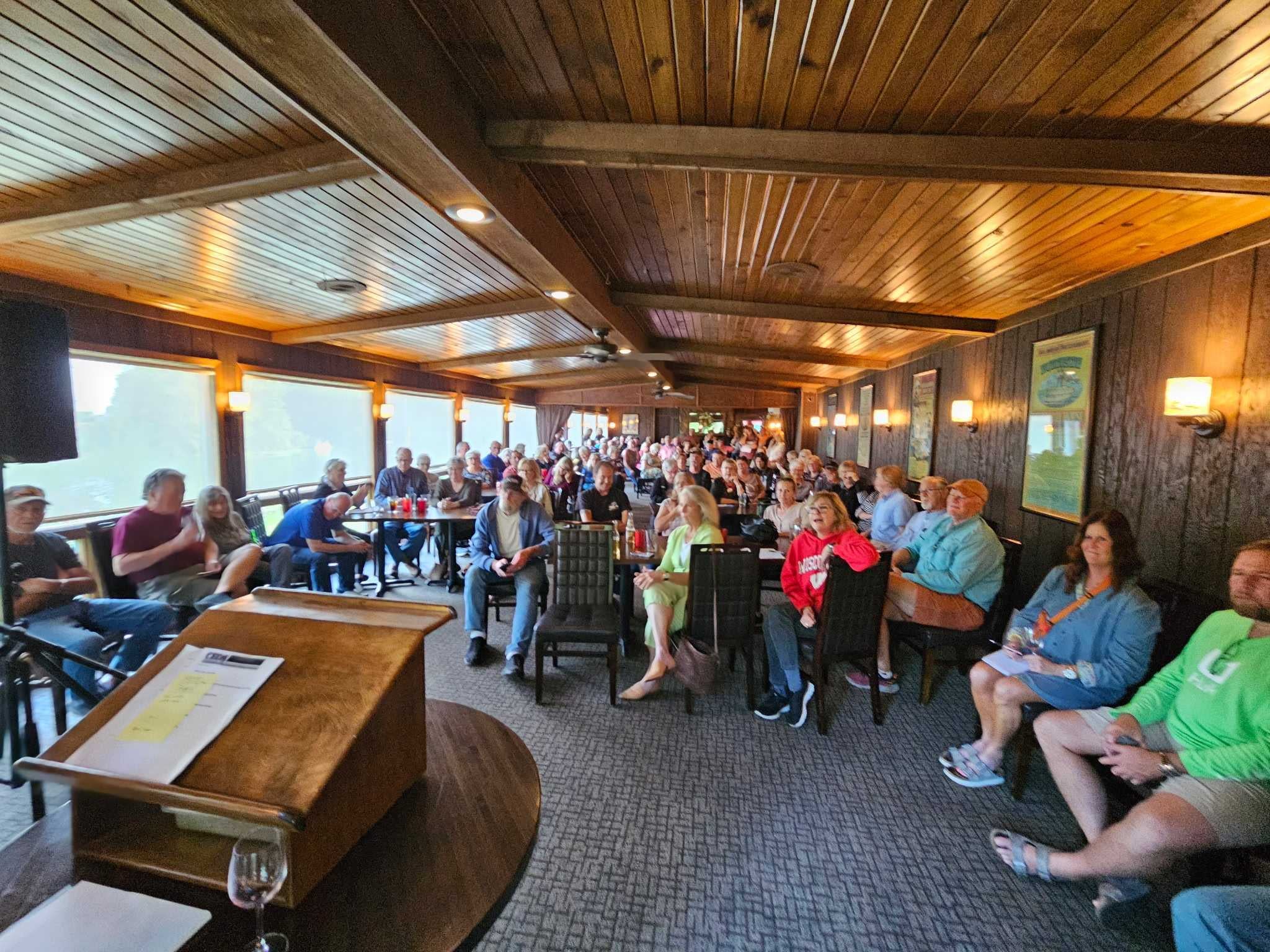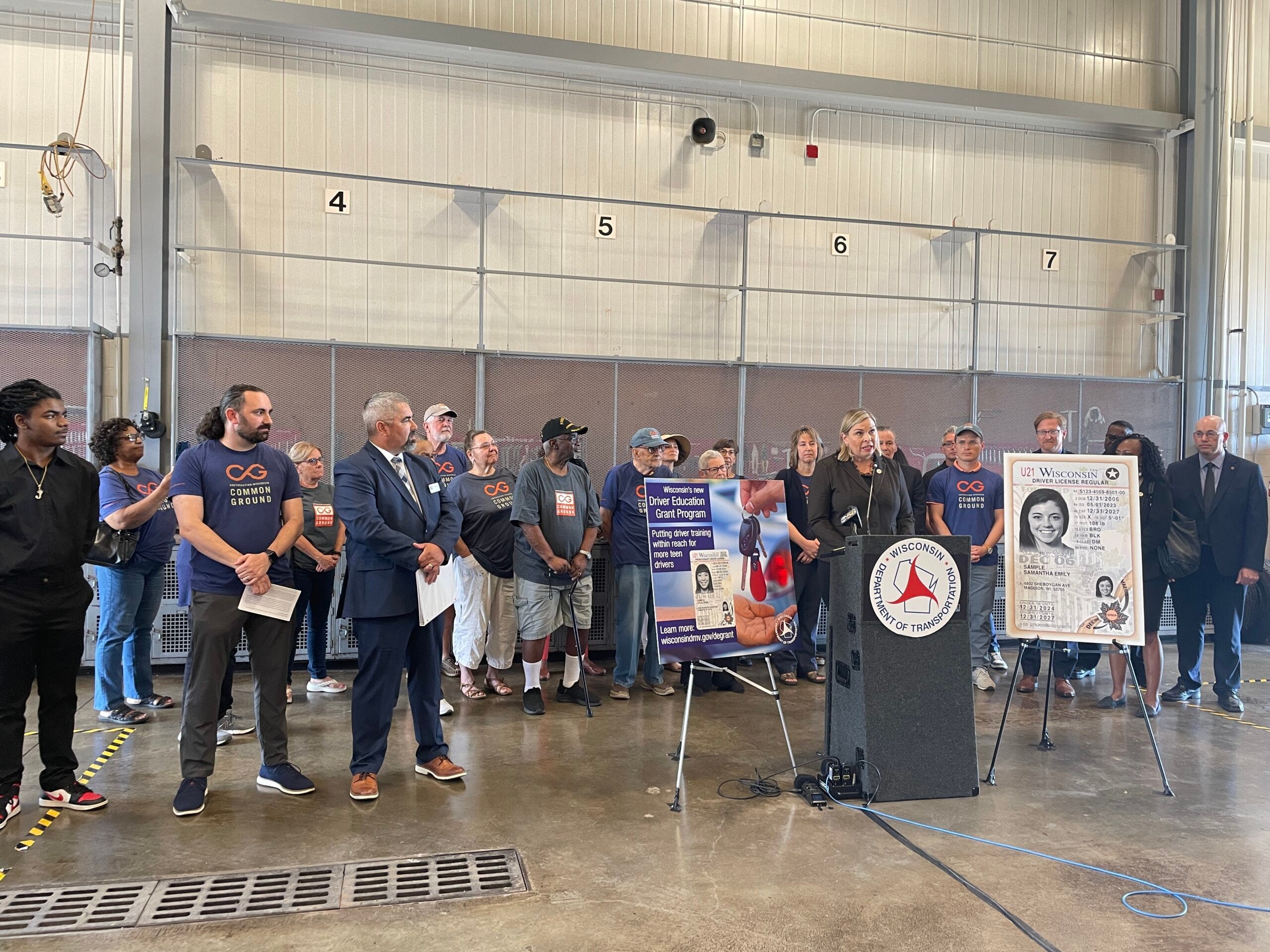When Christan Griego took over Delavan-based Sota Turntables in 2018, he had a lot to learn about a company dating back to the 1970s.
“The company has gone through multiple changes. It started in Oakland, California, and then it was sold during the digital age. It moved to Chicago, then to Worth, and then DeKalb and then back to Delavan,” Griego said during an appearance on WPR’s “The Morning Show.”
Sota Turntables sells record players ranging from around $1,500 to upwards of $10,000. The suspended design of these record players sets them apart from the competition, said Griego, the company’s president and director of development and marketing.
News with a little more humanity
WPR’s “Wisconsin Today” newsletter keeps you connected to the state you love without feeling overwhelmed. No paywall. No agenda. No corporate filter.
“We had a four-point spring suspension that was designed by a physicist out in Berkeley, California. It really gets rid of footfalls,” Griego said. “Everyone knows what happens when people start dancing or jumping around, or with the speakers with bass. The stylus can move out of the groove. … We use thicker plinths. We use phenolic resins, stainless aluminum, stainless steel, aluminum — a lot of different materials to ensure that the sound is amazing.”
Griego joined “The Morning Show” to offer an inside look at high-end record players.
The following was edited for clarity and brevity.
Kate Archer Kent: How many turntables are you making in a year?
Christan Griego: We’re a small company. We produce, on average, about 500 to 750, depending upon the economy. It’s obviously more of a luxury good, but we’ve really been focusing on getting our dealer network to grow and get to where we’re known.
I think the next generation, the younger generation, is wanting something more tangible than just streaming on digital. And when you drop a needle down and you listen to an entire side of a record, it’s a different experience than streaming and jumping around from song to song or sound bite to sound bite.
KAK: How do you go about building turntables? Walk us through the process a bit.
CG: We actually have an entire woodshop now where we do a “farm to turntable” plan. When there’s a storm locally, like in Palmyra a few years back, we were able to harvest a lot of trees that were blown over. And from those, we saved them from turning into firewood.
We go to a local mill and have them mill the wood and have it kiln-dried. Then from there, we will process the wood in-house and get it to our finished size. We do everything in-house on the woodworking side. We have a shop that does all the metalworking.
It’s an enormous amount of energy that goes into creating it.
KAK: You’re also fixing these turntables. So, you can see the lifecycle of these products, I would imagine?
CG: I just had a call from the East Coast, and the father passed it down to the son, who is now restoring it up to current specifications. That table will come in, and we’ll disassemble it. It’s actually more work to do this, but we’ll restore a table from 30 to 40 years ago. We’ll take it completely apart and put it all back together with new components, new motors. If we need to, we’ll replace the bushings and the shafts inside, and they’re off for another 30 or 40 years.
KAK: Some businesses feel inflationary pressures or supply chain issues, leading to an inability to get certain pieces and parts. Do you find fluctuations in your industry like that?
CG: Absolutely. Metal costs have soared. These materials were coming from overseas. With the Ukraine war that’s happening, one of our suppliers at that time was in that region. We stocked up with about two to three years worth of platter material to be safe until we could find another supplier. We’re always cognizant of these things. … The price of brass has more than doubled in the last four years. It’s gone kind of crazy.
KAK: How do you build consumer excitement for new turntables?
CG: We do this a lot of times, one person at a time. We do trade shows. We’ll do the Capital Audiofest in Washington, D.C. We’ll do Audio Expo North America, which is right in Chicago, and there’s like 360 rooms of audio, and it’s unbelievable. … We’re only 20 minutes away from Lake Geneva, and we’ll do factory tours on Fridays.
We’re trying to share the experience. I just went to the Chicago Audio Society and took a couple of turntables. We hooked them up to an amazing little low-wattage, eight-watt tube amp with some amazing speakers that were designed by a local maker. And we had 30 or 40 people listening to music for three hours, which is amazing. It’s great.
Wisconsin Public Radio, © Copyright 2026, Board of Regents of the University of Wisconsin System and Wisconsin Educational Communications Board.
